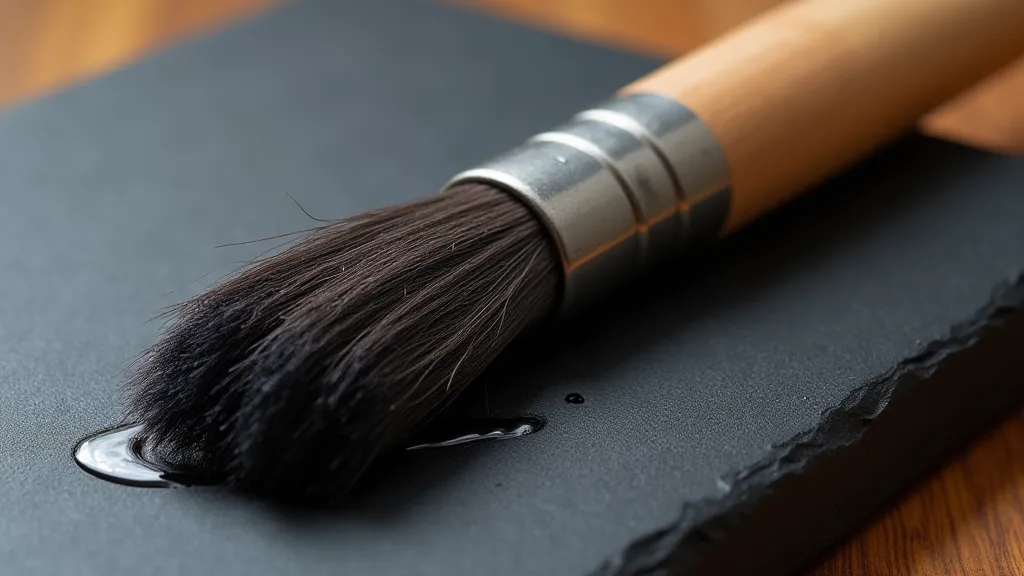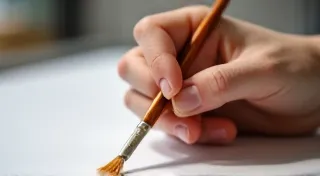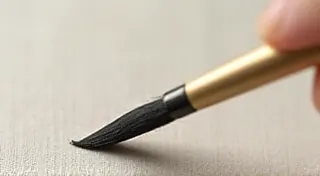Understanding Sumie: A Beginner's Guide to Japanese Ink Painting
Welcome to the world of Sumie, the elegant and deeply philosophical art of Japanese ink painting. This guide provides a foundational understanding for beginners eager to explore this beautiful traditional art form. We'll cover its history, underlying philosophy, and the core principles you need to start your Sumie journey.
What is Sumie?
“Sumie” (墨絵) literally translates to "ink painting." It’s a traditional Japanese painting technique that uses black ink (usually Sumi ink, derived from soot) to depict subjects ranging from landscapes and flora to animals and human figures. While black ink is primary, subtle variations in tone are achieved through dilution with water. The beauty of Sumie lies not just in the final image, but also in the process, emphasizing simplicity, spontaneity, and an appreciation for the natural world.

A Brief History
Sumie’s roots can be traced back to Chinese painting (墨画, *moga*) which was introduced to Japan during the Nara period (710-794 AD). Initially, Sumie was predominantly used for copying Buddhist scriptures. Over time, it evolved into a distinct Japanese art form, flourishing during the Kamakura period (1185–1333 AD) and beyond. Key figures like Zen Master Ensai (1532-1591) profoundly influenced Sumie’s philosophical underpinnings, connecting it strongly with Zen Buddhism.
The Philosophy Behind the Brushstroke
Sumie isn’t just about creating a pretty picture. It's a practice deeply intertwined with Zen Buddhism. The process encourages mindfulness, meditation, and a connection with nature. Key philosophical concepts include:
- Ma (間): This refers to the concept of negative space – the empty areas in a composition. *Ma* is as important as the painted elements and contributes significantly to the overall balance and harmony of the artwork.
- Wabi-Sabi (侘寂): This is a worldview that embraces imperfection, impermanence, and simplicity. In Sumie, this translates to appreciating the beauty of the unplanned and the natural variations that arise from the painting process.
- Mushin (無心): Often translated as "no-mind," this describes a state of mental clarity and absence of conscious thought, allowing the brush to move freely and intuitively.
Essential Principles for Beginners
While Sumie can seem intimidating, these fundamental principles will set you on the right path:
- Understanding Ink Dilution: The beauty of Sumie lies in your ability to control the ink’s density by diluting it with water. Experiment with different ratios to achieve various shades and effects. A little water goes a long way!
- Brush Control: Sumie brushes (fude) are typically made from animal hair and require specific handling. Practice controlling the brush's angle, pressure, and speed to create varied lines and textures.
- Composition: Think about the placement of your subject within the frame. Consider the use of negative space (*Ma*) to create visual balance and a sense of depth.
- Observation: Sumie is fundamentally about observing nature. Study the forms, lines, and textures of the subjects you want to paint.

Materials You're Going to Need
Here are some basic materials you're going to need to get started.
- Sumi Ink: A solid ink stick that is ground with water.
- Japanese Brush (Fude): Various sizes and types for different effects.
- Ink Stone (Suzuri): For grinding the ink stick.
- Japanese Paper (Washi): Known for its absorbency and texture.
- Water Container: For holding clean water.
Starting Your Sumie Journey
Sumie is a journey of continuous learning and self-discovery. Embrace the process, be patient with yourself, and enjoy the meditative quality of this beautiful traditional art form. Begin with simple subjects like a single leaf or a simple rock and gradually expand your skills. Remember to observe, practice, and most importantly, find joy in the act of painting.






